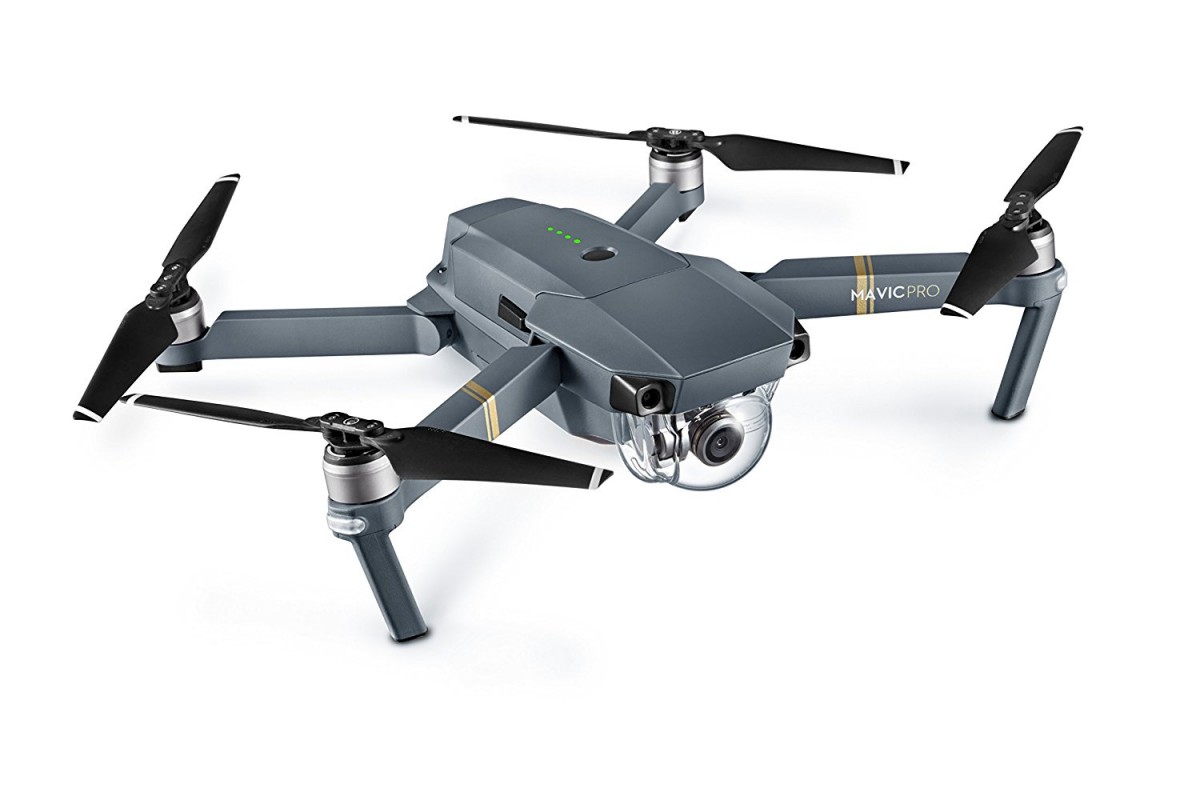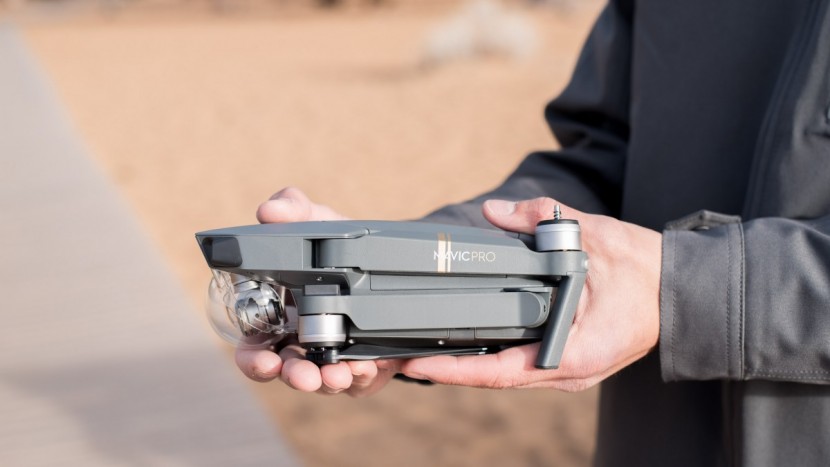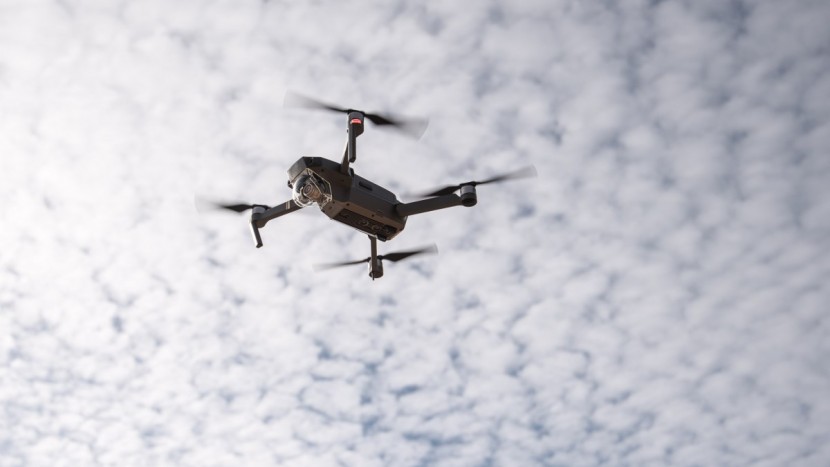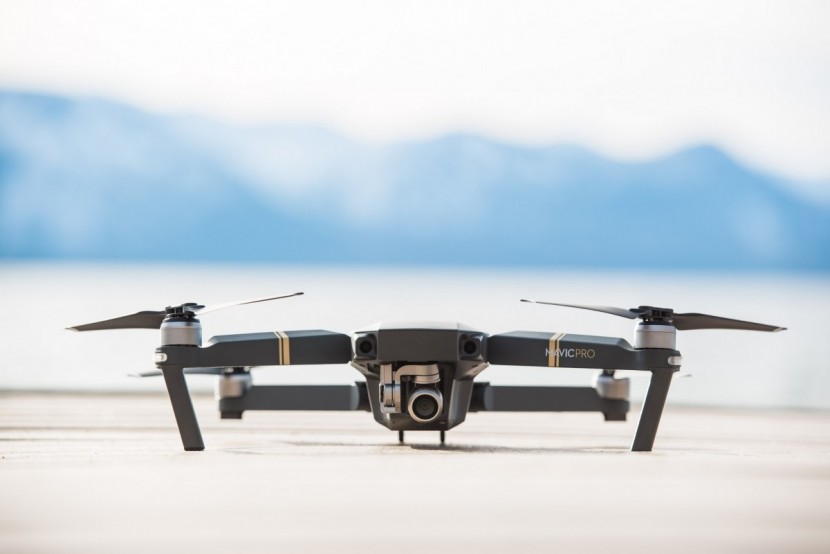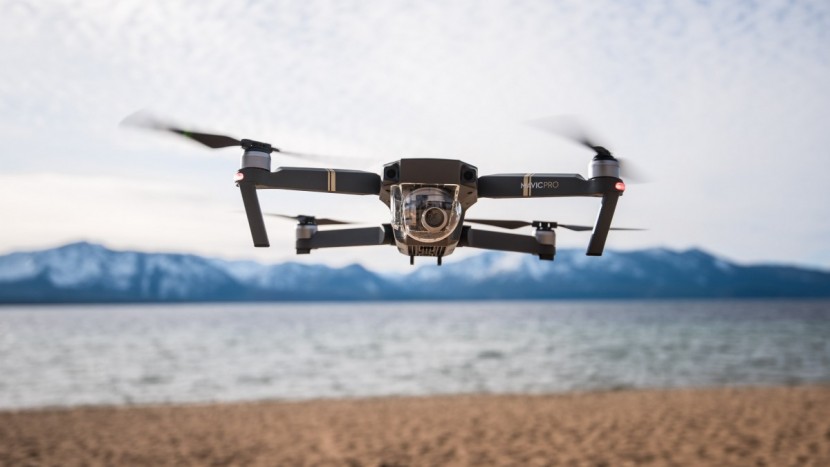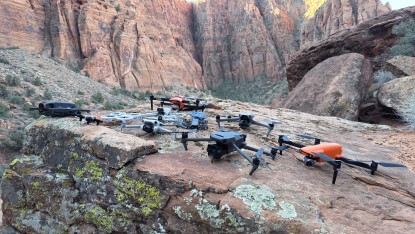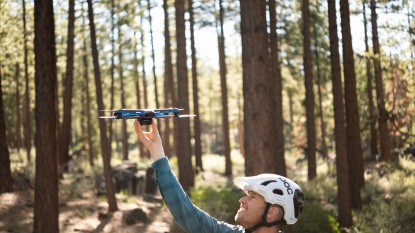DJI Mavic Pro Review

Our Verdict
Our Analysis and Test Results
The Mavic Pro is still a great drone, but newer DJI models have rendered it somewhat obsolete. For instance, the Mavic Air now captures better quality video and costs a bit less. If you're after the best video possible, the Mavic 2 Pro can get you there while not sacrificing the portability of the original Mavic Pro. This leaves the original Mavic Pro somewhat out in the cold.
Video Quality
The Mavic Pro captures fairly good video, but it tends to over saturate some colors to make up for its relatively small camera sensor. This resulted in an above average but not stellar score.
The Mavic Pro produced clear footage with a good color composition in our testing. The Mavic has a relatively small image sensor, so these vivid colors were often achieved by the camera digitally compensating and cranking up the saturation in certain areas of the image. This generally looks good upon first glance, but look more closely and colors can seem unrealistically acrylic, and objects can look so sharp they almost seem pixelated. Also, since these are essentially editing decisions the camera is making for you, it's hard to undo them in any editing program. Don't get us wrong, the footage looks good, it just isn't ideal for pilots who want to have more control in post-processing. It is possible to manually adjust the sharpening and color settings, but this takes some effort and research to get the settings where you want them. The Mavic Air has the same sensor as the Pro and its footage was far less finicky when it came to automatic saturation and sharpening. We preferred the Air's footage and found it to provide a much more natural color profile without any odd artificial sharpening artifacts.
Considering its miniaturized gimbal the Mavic Pro camera stabilization was quite impressive. If we jostled the sticks around we could induce some camera shake, but panoramic panning shots were velvety smooth. In general, we found the Mavic Air to be just as stable, but in strong winds the larger size of the Mavic Pro gave it a slight edge when it came to image stabilization. Its design limits propellor intrusion, so we only saw the telltale propellor flickering when taking turns at high speed or where the drone was flying towards direct sunlight. In this capacity, it was better than the Phantom 4 Pro models. Bottom line, the Mavic Pro produces good footage, but its real advantage is the fact that it can easily be touted along in situations where a full sized camera drone would be cumbersome.
An Issue of Focus
You don't have to look far to find people complaining about the Mavic producing 'soft' footage. This is mostly because DJI has introduced a focus feature that allows you to touch the screen and focus on a particular subject. This is great if your subject is close, like if you're using the Mavic to get a quick summit selfie of you and your friends, and you want to get the blurred background look that is all the rage. However, if the focus is off it can ruin landscape footage, so if you're flying far make sure your focus is set to 'infinity' before takeoff.
Ease of Use
Despite the Mavic Pro's folding arms, its user experience retains the quality of other DJI models we tested. It shared the top score of 9 out of 10 in this metric with the Phantom 4 Pro models, well-distanced from the bottom score of 3. Initial setup was a breeze and we had it in the air within 15 minutes of opening the box.
Controller: Small but Functional
In our opinion, DJI knocked it out of the park with the Mavic controller design. It matches the Mavic compactness without feeling limited. The joysticks lend a tactile experience similar to that of the larger phantom controllers, and feel supple enough to whip the Mavic to and fro like the tiny falcon it is at heart. A small display screen on the controller itself displays crucial flight information, freeing up some real estate on the smartphone that must be connected in order to display the video downlink. Two arms extend from the bottom of the controller to create a slot for a smartphone. This slot is tight enough that most of our testers had to take their smartphone cases off before docking. This is less than ideal but felt like a minor annoyance considering the overall superb design of the controller.
Flight Performance
The Mavic Pro flies like a champion. It shared the top score of 9 in our flight performance testing, well above the worst scoring model, which earned a 5.
DJI has designed a drone that could be paired with a first-person view (FPV) headset. It is nimble in the air and can reach speeds of 40 mph in its sport mode. We found the Mavic Pro to be very stable both when moving and hovering. Its smaller size did make it feel a bit more squirrely in high wind than other models, but we never felt like it was out of control. Its orbit and cable cam autonomous flight modes produced smooth, solid footage in our testing, and its return to home function worked well (disclaimer: this function should only be used if some sort of malfunction prevents you from flying the drone back home, not as the de facto way to end a flight). If you're looking for something maneuverable, the Mavic Pro won't disappoint.
Portability
The real advantage of the Mavic Pro is its portability. Though it is not as compact as the Mavic Air, we still found it to be very portable compared to the Phantom 4 Pro+. It also is slightly lighter than the newer iterations of the Mavic line, tipping the scales at 1.6 pounds as opposed to 2. Where most drones that can produce at least reasonable video footage require a dedicated case large enough to be counted as your one carry on item, the Mavic Pro's legs and rotors fold in to create a package small enough that it can disappear in a normal backpack. The folding mechanisms all feel solid, and it folds up in an intuitive enough manner as to not induce nightmares of trying to fix the transformer toys you had as a kid (rest in peace Optimus Prime). Though the Mavic Pro is portable, the Mavic Air packs much smaller and has an even better camera.
Value
The DJI Mavic Pro certainly is not cheap. When it was first released the Mavic Pro was unparalleled in terms of performance and portability, though DJI has now outdone itself by releasing the Mavic Air. The Mavic Air has a slightly better camera and packs much smaller, the only relative downside being a shorter battery life. However, we would generally rather spend more on the better footage of the Air and drop the maximum flight time from 27 to 21 minutes than spend more on the Mavic Pro.
Conclusion
The Mavic Pro is still a great drone, but new competition from the Mavic Air and the Mavic 2 Pro leave it without a specific niche to fill. If you find it on sale it's still a worthwhile purchase, but if you're paying sticker price there are probably better ways to spend your money.


